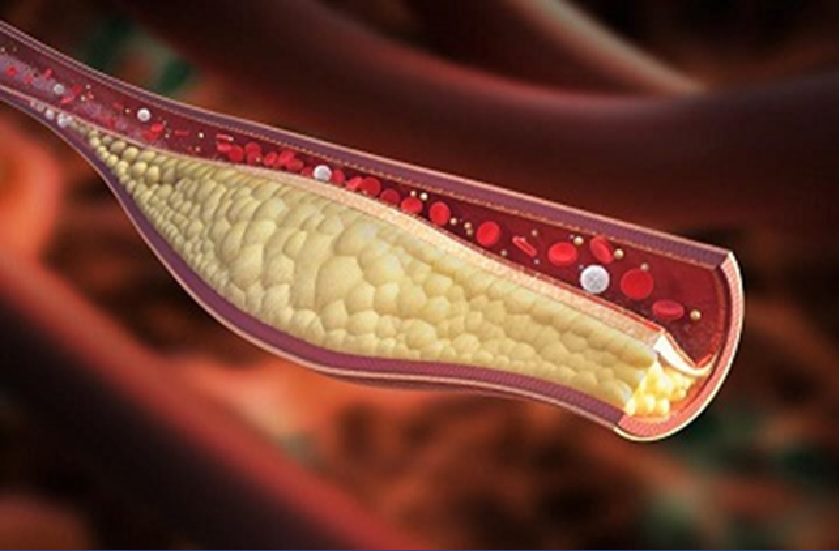“LDL Cholesterol Prevention: Strategies for Good Cardiovascular Health”
LDL cholesterol, also known as “bad cholesterol,” is a lipid in the body that can have detrimental effects on cardiovascular health if levels become excessive. Preventing the rise of LDL cholesterol and maintaining a healthy lipid balance are important goals for maintaining heart and arterial health. In this article, we will delve into the concept of LDL cholesterol, its effects on health, and provide strategies and practical advice for prevention to promote good cardiovascular health.
LDL cholesterol, or low-density lipoprotein, is a particle that carries cholesterol from liver cells to tissues to perform vital functions in the body. However, high levels of LDL cholesterol can have negative effects on cardiovascular health. When there is an excessive buildup of LDL cholesterol in artery walls, it can form plaques that narrow blood vessels and impede blood flow. This can lead to conditions such as atherosclerosis, myocardial infarction, and stroke.
Preventing the increase in LDL cholesterol is possible by adopting a holistic approach to cardiovascular health. Here are some strategies and tips to help maintain healthy LDL cholesterol levels:
1. Balanced Nutrition and LDL Cholesterol:
– Choose healthy fats: Opt for sources of healthy fats like olive oil, avocados, flaxseeds, and omega-3-rich fish such as salmon and sardines. These foods can help reduce LDL cholesterol levels.
– Limit saturated and trans fats: Reduce intake of foods high in saturated and trans fats, such as fatty meats, full-fat dairy products, and processed baked goods. These fats can raise LDL cholesterol levels in the blood.
– Increase fiber intake: Soluble fibers found in fruits, vegetables, whole grains, and legumes can help reduce the absorption of cholesterol in the intestine.
2. Physical Activity and LDL Cholesterol:
– Choose an enjoyable activity: Find a physical activity that you enjoy and can commit to over time, whether it’s walking, running, swimming, or a fitness class. The important thing is to keep moving.
– Aim for recommended activity levels: Strive for at least 150 minutes of moderate physical activity, such as brisk walking, or 75 minutes of vigorous physical activity, such as running or HIIT classes, each week.
3. Maintenance of Healthy Weight and LDL Cholesterol:
– Adopt a balanced diet: Following a balanced diet as described above can help achieve and maintain a healthy weight.
– Monitor calorie intake: Be conscious of daily calorie intake and avoid excesses. Maintaining a negative energy balance is key to weight management.
– Be active: Regular physical activity, in addition to nutrition, is essential for maintaining a healthy weight. Consistency is key in exercise routines.
4. Limitation of Alcohol and Tobacco Consumption:
– Limit alcohol consumption: If you choose to drink alcohol, do so in moderation. Experts recommend moderate consumption, such as one drink a day for women and two drinks a day for men.
– Avoid smoking: Cigarette smoking is harmful to cardiovascular health and can increase the risk of heart disease. Quitting smoking is one of the best gifts you can give to your heart.
5. Stress Management and LDL Cholesterol:
– Practice meditation or relaxation techniques: Spend time practicing meditation or relaxation techniques such as autogenic training or deep breathing to better manage stress and promote heart health.
– Exercise: Engaging in physical activity is a great way to reduce stress and improve mental well-being. Choose an activity that you enjoy and that allows you to relax, such as yoga or a walk in nature.
In conclusion, preventing the increase in LDL cholesterol is possible through a combination of healthy lifestyle strategies, including a balanced diet, regular exercise, weight maintenance, alcohol and tobacco control, and stress management. Consistently following these strategies can help maintain a healthy lipid balance and promote good cardiovascular health.
It’s important to note that every individual is unique, and LDL cholesterol prevention needs may vary. It is recommended to consult with a healthcare professional for a personalized assessment and specific advice based on your health condition.
Sources:
– American Heart Association. (n.d.). “Understanding Cholesterol.” Retrieved from [source link]
– Mayo Clinic. (2019, September 6). “LDL cholesterol: How low can you go?” Retrieved from [source link]
